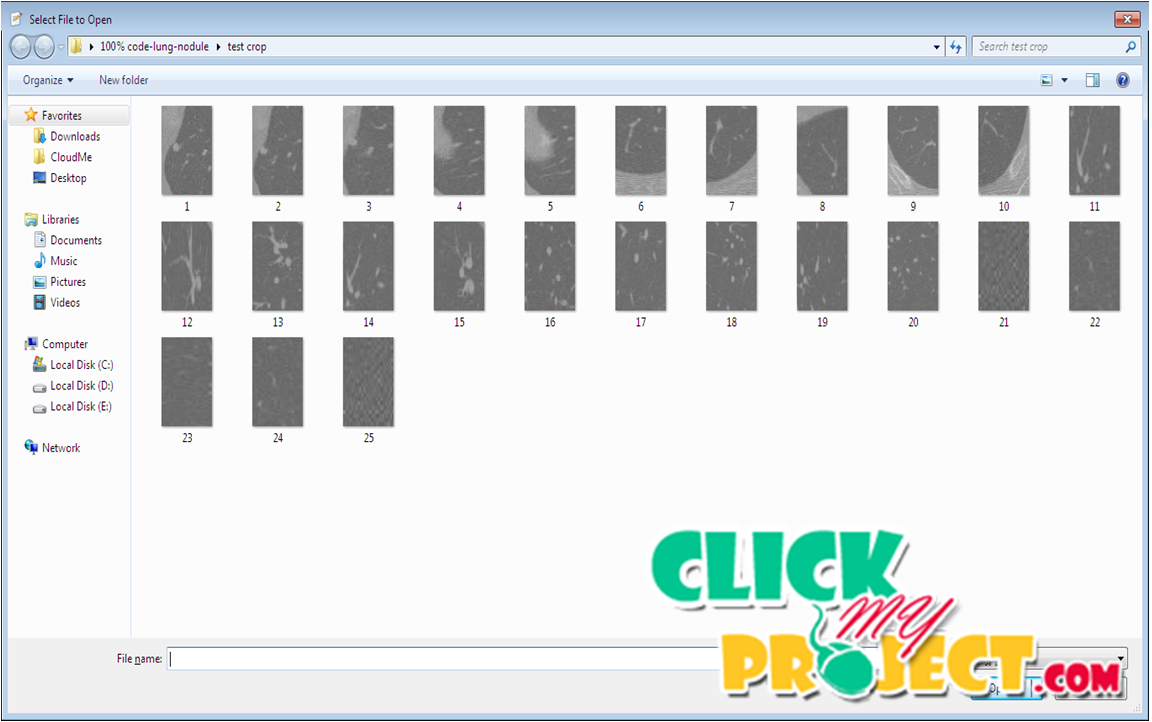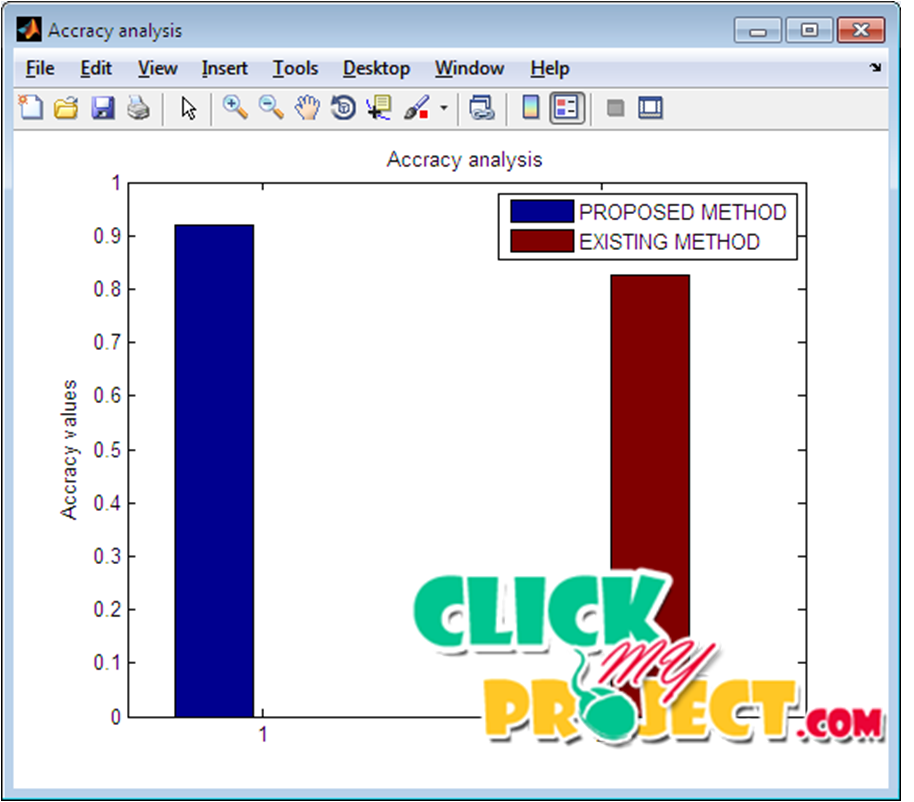Juxta-Vascular Nodule Segmentation Based on Flow Entropy and Geodesic Distance
₹3,000.00
10000 in stock
SupportDescription
Current computed tomography (CT) technology allows for near isotropic, sub millimeter resolution acquisition of the complete chest in a single breath hold. These thin-slice chest scans have become indispensable in thoracic radiology, but have also substantially increased the data load for radiologists. Automating the analysis of such data is, therefore, a necessity and this has created a rapidly developing research area in medical imaging. This paper presents a review of the literature on computer analysis of the lungs in CT scans and addresses segmentation of various pulmonary structures, registration of chest scans, and applications aimed at detection, classification and quantification of chest abnormalities. In addition, research trends and challenges are identified and directions for future research are discussed. The automatic detection of lung nodules attached to other pulmonary structures is a useful yet challenging task in lung CAD systems. In this paper, we propose a stratified statistical learning approach to recognize whether a candidate nodule detected in CT images connects to any of three other major lung anatomies, namely vessel, fissure and lung wall, or is solitary with background parenchyma. First, we develop a fully automated voxel-by-voxel labeling/segmentation method of nodule, vessel, fissure, lung wall and parenchyma given a 3D lung image, via a unified feature set and classifier under conditional random field. Second, the generated Class Probability Response Maps (PRM) by voxel-level classifiers, are used to form the so-called pairwise Probability Co-occurrence Maps (PCM). and has three main stages: an adaptive patch-based division is used to construct concentric multilevel partition; then, a new feature set is designed to incorporate intensity, texture, and gradient information for image patch feature description, and then a contextual latent semantic analysis-based classifier is designed to calculate the probabilistic estimations for the relevant images. Our proposed method was evaluated on a publicly available dataset and clearly demonstrated promising classification performance.




